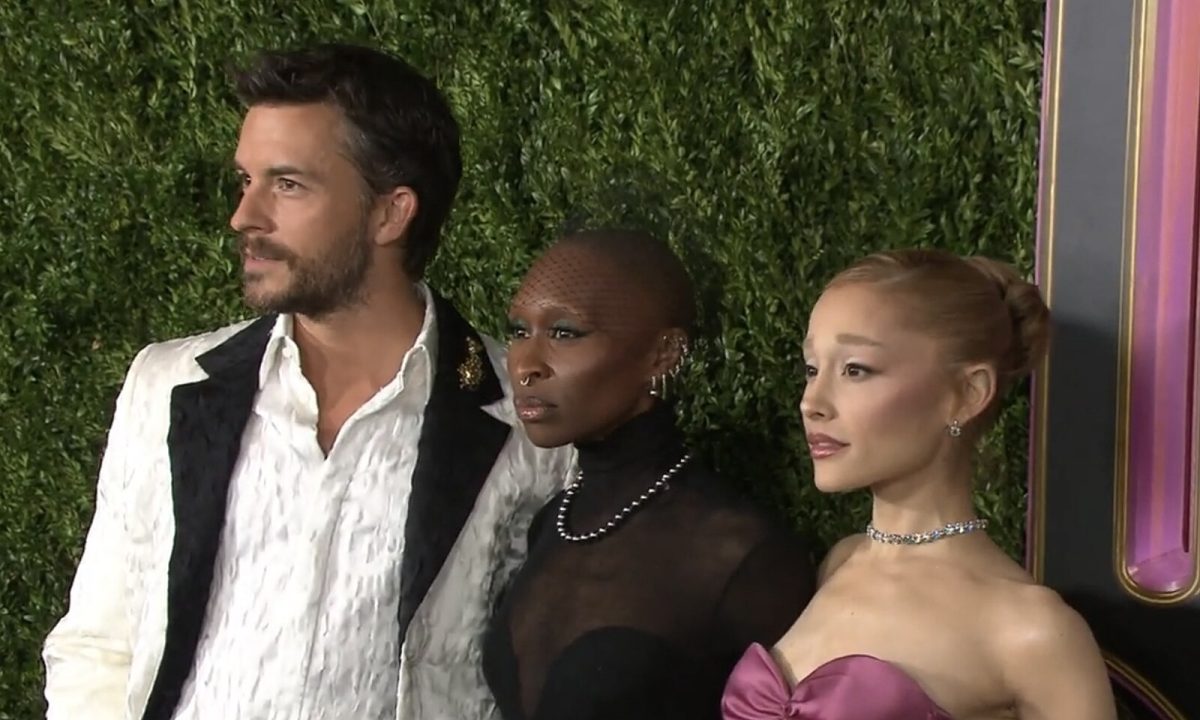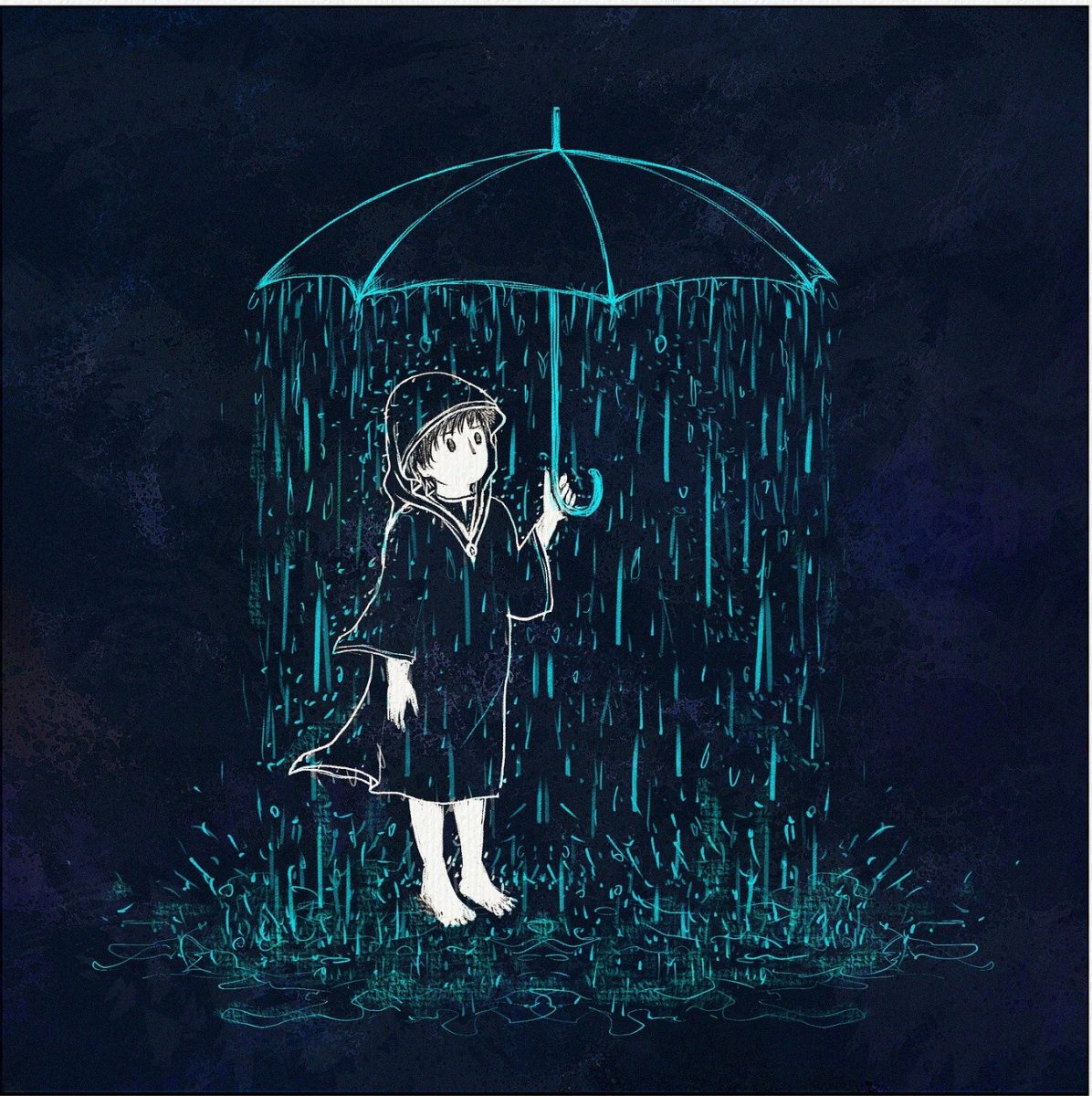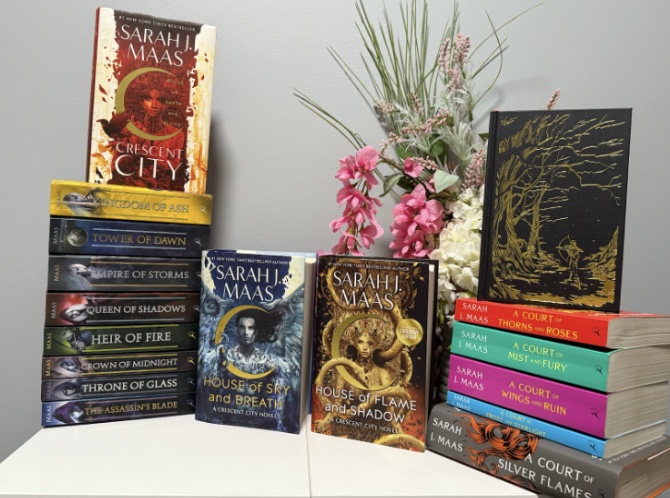Pride and Prejudice: a new take on an old classic
October 12, 2022
With the rise in popularity of 18th and 19th century trends and culture amongst teenagers, clearly exemplified by TV shows such as Bridgerton and fashion trends such as corset-wearing, Jane Austen’s Pride and Prejudice has gained a new relevance in 2022. Set in rural England in the early 1800s, the book showcases aspects of the time period not only through the civilization, culture, and ideas conveyed, but also through the writing style of the book itself, as it was written in the same time period. Despite its regency era style, the majority of the book’s characters, plotlines, and themes have still remained relatable even in today’s age. Austen’s ability to weave a story that draws clear comparisons between life in the 21st century and the 19th century, despite the apparent evolution of human life, is a true testament to her writing capabilities.
Pride and Prejudice follows the five Bennet sisters as they navigate rural English society. The book quickly introduces witty Mr. Bennet and passionate Mrs. Bennet, parents to sisters Jane, Elizabeth, Mary, Kitty, and Lydia. Mrs. Bennet’s only goal in life is to see all five of her daughters comfortably married, as they will not inherit their father’s estate. As the book begins, Mrs. Bennet begs Mr. Bennet to pay a visit to the newcomer to the town, a wealthy man named Mr. Bingley. She hopes that Mr. Bingley will fall in love with sweet, kind-hearted Jane, giving her a life of fortune and luxury. Mr. Bingley proves himself to be amiable, kind, and absolutely smitten with Jane, winning over the entire family almost immediately. On the contrary, Mr. Bingley’s best friend, Mr. Darcy, automatically angers the entire town with his withdrawn and haughty attitude. During their first meeting, Mr. Darcy insults Elizabeth behind her back, saying that she is not beautiful enough to draw his attention. From that moment forward, Elizabeth harbors a strong dislike for Mr. Darcy, despite his attractive looks, obvious wealth, and their various encounters.
One of the best things about Austen’s writing is how real she is. She doesn’t hesitate to poke fun at the women in the novel, painting them as silly and obsessed with husbands. But she also shows that society has forced women to rely on men and their money, making a slight obsession with getting married completely valid. She shows how one’s character has profound effects on the way others treat them. Most importantly, Austen always ensures to describe each character with painstaking detail, drawing a sense of connection and attachment between the reader and the characters.
As the novel progresses, it is revealed that Mr. Darcy is actually taken with Elizabeth, no matter how poorly he expresses it. However, unlike so many modern romances where the “bad boy, good girl” trope is written as the story of a naive girl falling in love with a (usually tattooed) alpha male, Austen takes a different approach. By the climax of the novel, Elizabeth is angry with Mr. Darcy because she believes that he took Mr. Bingley away from Jane, breaking her heart, and that he kept her friend, Mr. Wickham’s, inheritance from him. When Mr. Darcy confesses his love for Elizabeth, shocking her beyond belief, she stands by her values. She does not pity his love nor accept his proposal for his wealth – instead, she calls him out on his arrogance, refuses to allow him to look down on her family, and rejects him. Austen creates a strong woman, who, despite needing to marry a man for financial security, refuses the proposal of an extraordinarily wealthy man because their values do not align. In doing so, Austen shows that women should not need to change their personalities nor views for love.
Most importantly, Austen draws attention to the fatal flaws of humanity – pride, and prejudice. When Elizabeth begins to understand that the majority of Mr. Darcy’s actions were done in the protection of his own family, she also begins to see that her negative opinion of him was heavily influenced by the negative opinions of those around her. This prejudice prevented her from judging his true character accurately, and recognizing this brings Elizabeth to a new level of maturity. Meanwhile, after Elizabeth tells Mr. Darcy how ridiculous his actions have been, he realizes that his pride has kept him from loving Elizabeth the way that he truly wants to.
The most remarkable part of Austen’s analysis of human nature is how relevant it remains even in the modern world. Prejudice, defined as an unjustified bias or opinion on someone, is still incredibly prevalent in society, leading to discrimination, tension, and even conflict. Pride, which can be defined as one’s belief that they are above others, causes disagreements, misunderstandings, and even power struggles. Although Austen refers to these problems in a more lighthearted and witty manner, they are clearly societal issues that have extremely negative impacts on the world around us.
Overall, Pride and Prejudice was a humorous, romantic, and well-written novel. But, more importantly, its themes were clearly communicated through Austen’s writing, and have a large significance in today’s society. Pride and Prejudice has remained relatable and relevant for more than two centuries, showing its depth and significance in the world of literature.







































